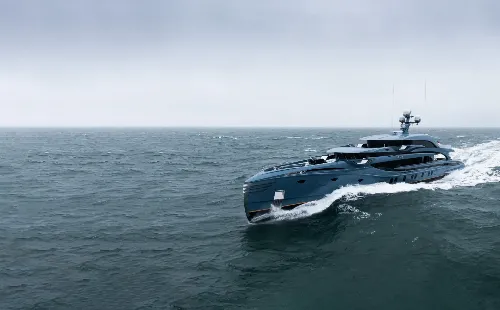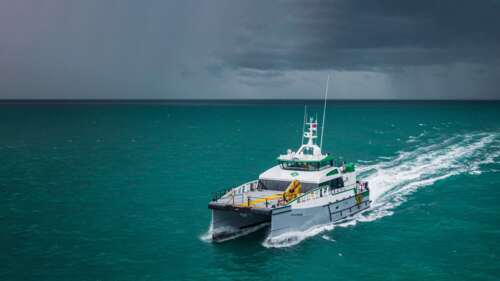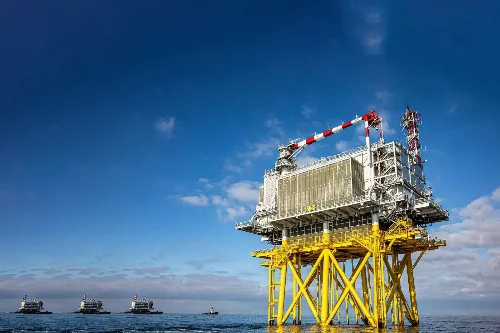In our quest for greener shipping solutions, hydrogen and ammonia have emerged as promising candidates for alternative fuels. Both offer potential pathways to significantly reduce greenhouse gas emissions in the maritime industry. However, their widespread adoption comes with a unique set of challenges and considerations. In this blog, we will explore how hydrogen and ammonia can fuel the future of maritime shipping, delving into their benefits, challenges, and the innovations driving their development.
Summary
Hydrogen Fuel Cells: Offer zero emissions and high energy efficiency but face challenges in production, storage, and cost.
Ammonia as a Fuel: Provides a CO2-free option with high energy density but produces NOx and requires engine modifications.
Innovations: Advances in renewable production methods, fuel cell technology, and bunkering infrastructure are crucial for adoption.
How Does Hydrogen Power Maritime Shipping?
Hydrogen is seen as a game-changer for the maritime industry due to its clean energy potential. Hydrogen fuel cells generate electricity through a chemical reaction between hydrogen and oxygen, with water vapor as the only byproduct.
Advantages of Hydrogen Fuel Cells:
Zero Emissions: The primary benefit of hydrogen fuel cells is their ability to produce electricity without emitting greenhouse gases. The only byproducts are water vapor and heat, making hydrogen a truly clean energy source. (CSIS) (Sandia)
Energy Efficiency: Hydrogen fuel cells are more efficient than traditional combustion engines. They convert chemical energy directly into electrical energy, reducing energy loss. (Maritime Magazines)
Challenges of Hydrogen Fuel Cells:
Production and Storage: Producing hydrogen fuel cells requires significant energy, and the current primary methods rely on fossil fuels. Additionally, hydrogen is highly flammable and requires specialized storage and handling infrastructure. (Maritime Magazines)
Cost: Hydrogen production and fuel cell technology are still expensive compared to conventional fuels and engines, which can hinder widespread adoption. (Sandia)
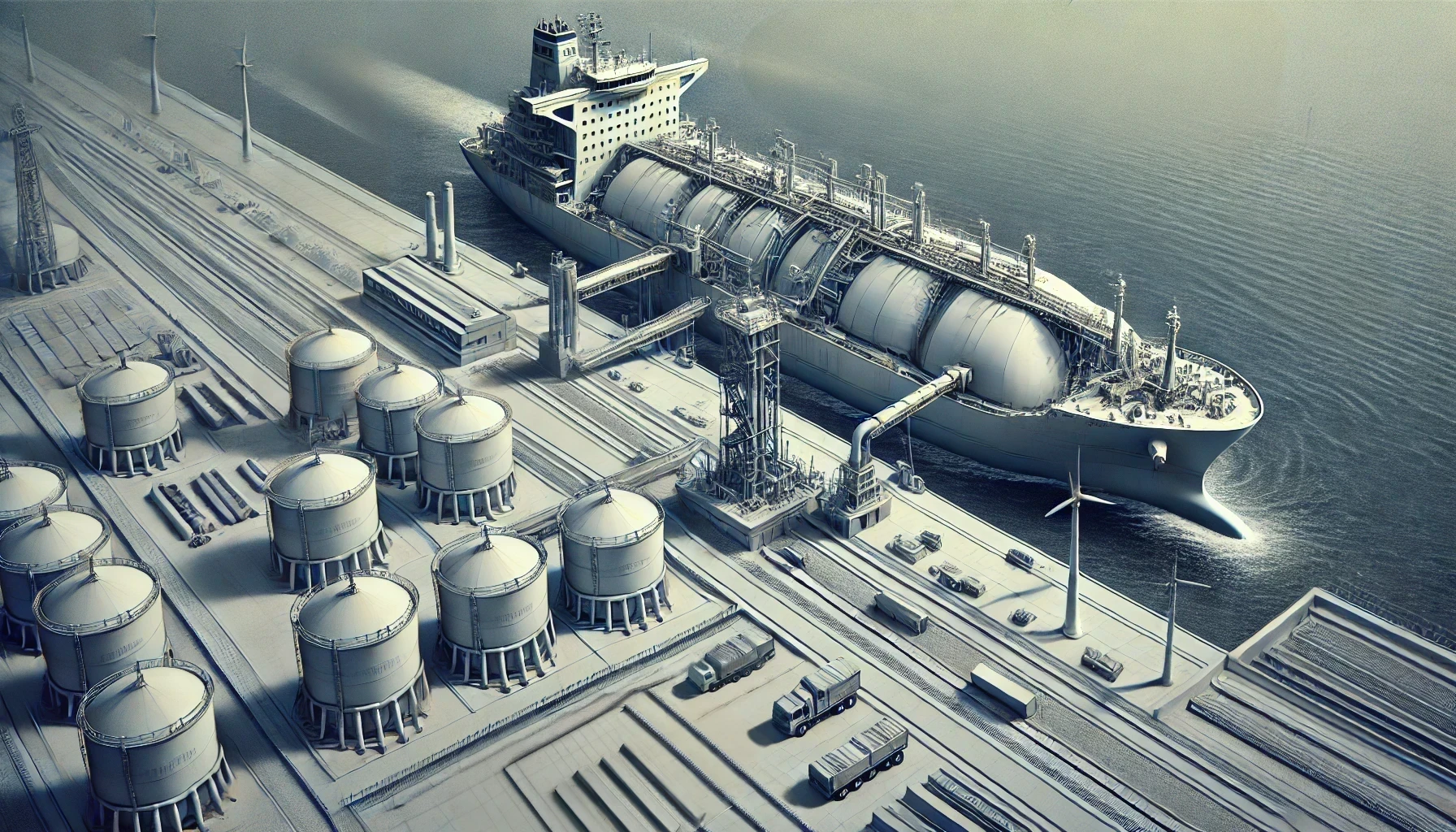
What Are the Benefits and Drawbacks of Using Ammonia as a Fuel?
Ammonia is another alternative fuel gaining attention in the maritime industry. It can be used both in internal combustion engines and fuel cells, providing flexibility in its applications.
Advantages of Ammonia as a Fuel:
No CO2 Emissions: Ammonia combustion does not produce carbon dioxide (CO2), making it an attractive option for reducing greenhouse gas emissions. (Maritime Magazines)
Energy Density: Ammonia has a higher energy density than hydrogen, which can provide longer ranges for ships. (Sandia)
Challenges of Ammonia as a Fuel:
Greenhouse Gases: While ammonia does not emit CO2, it can produce nitrogen oxides (NOx), which are potent greenhouse gases. Advanced technologies and catalytic converters are needed to mitigate NOx emissions. (Maritime Magazines)
Engine Compatibility: Ammonia cannot be used in existing marine engines without significant modifications, posing a barrier to immediate adoption. (Sandia)
Safety and Handling: Ammonia is toxic and corrosive, requiring careful handling and storage protocols to ensure safety. (Maritime Magazines)
What Innovations Are Driving the Adoption of Hydrogen and Ammonia?
The development and adoption of hydrogen and ammonia as maritime fuels are being propelled by several key innovations and initiatives.
Renewable Hydrogen Production:
Electrolysis: Using renewable energy sources such as wind, solar, or hydro power to split water into hydrogen and oxygen can produce green hydrogen, reducing reliance on fossil fuels. (CSIS) (Sandia)
Biological Methods: Research into using algae and other microorganisms to produce hydrogen is underway, offering another sustainable production pathway. (Maritime Magazines)
Ammonia Production and Use:
Green Ammonia: Produced using renewable energy, green ammonia aims to eliminate the carbon footprint associated with traditional ammonia production methods. (Maritime Magazines)
Ammonia Fuel Cells: Development of ammonia-compatible fuel cells that can directly convert ammonia into electricity is ongoing, offering a cleaner and more efficient use of this fuel. (Sandia)
Infrastructure and Technology:
Bunkering Facilities: Investment in bunkering infrastructure to store and supply hydrogen and ammonia at ports is essential for their widespread adoption. (Maritime Magazines) (Sandia)
Engine and Fuel Cell Development: Advances in engine designs and fuel cell technologies are making it possible to use these fuels more efficiently and safely. (CSIS) (Sandia)
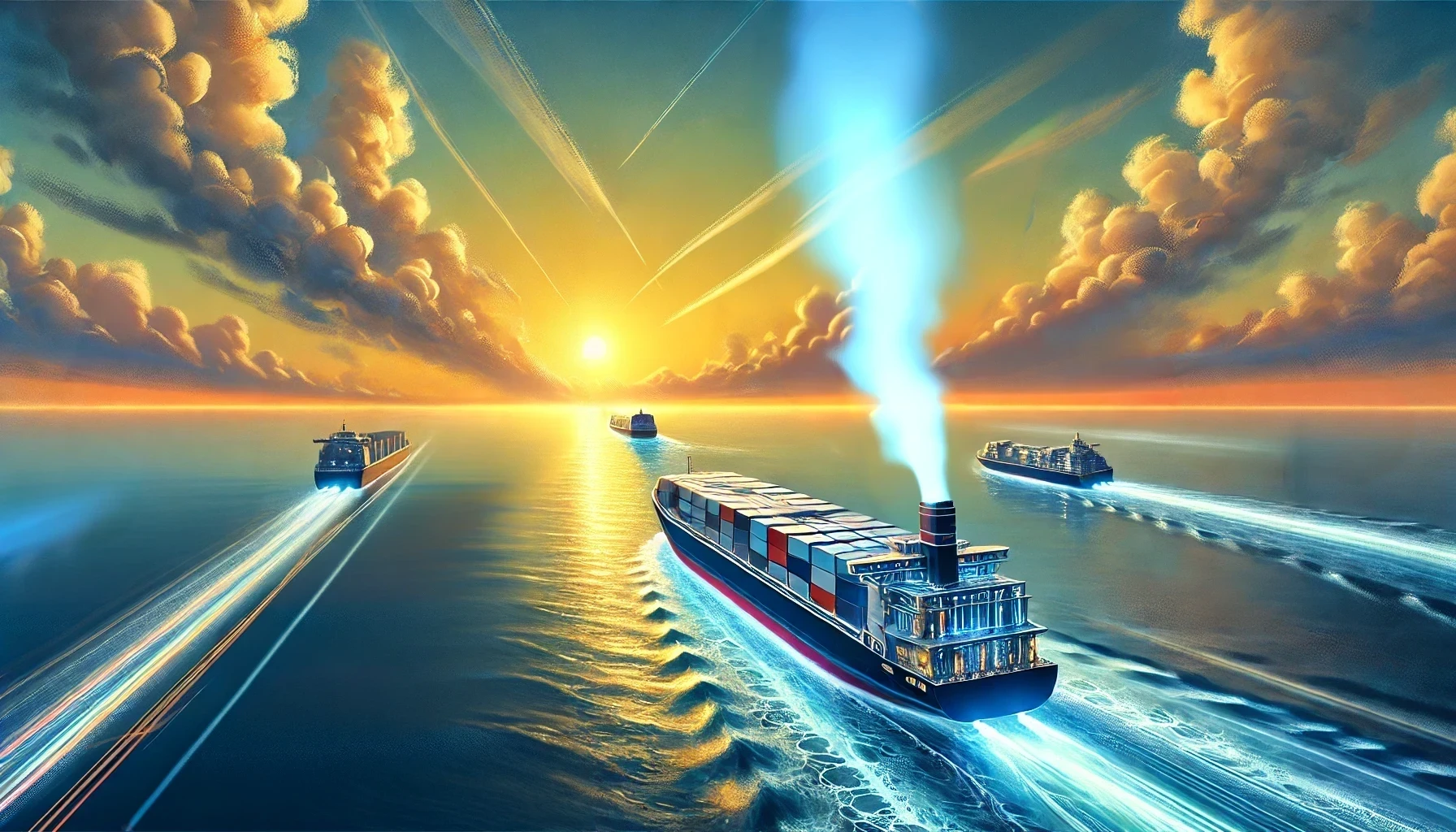
Conclusion
Hydrogen and ammonia present exciting opportunities for reducing the environmental impact of maritime shipping. Hydrogen fuel cells offer zero emissions and high efficiency, while ammonia provides a CO2-free fuel option with high energy density. However, both fuels face significant challenges, including production, storage, and handling issues, as well as the need for extensive infrastructure development.
The maritime industry's shift towards these alternative fuels will require continued innovation and investment in technology and infrastructure. By overcoming these challenges, hydrogen and ammonia can play a pivotal role in creating a more sustainable future for global shipping.
Stay tuned for our next blog, where we will explore biofuels and their potential to further transform the maritime industry.
References
1. Maritime Magazines. "Powering the Transition to Zero-emissions with Hydrogen Fuel Cells." Retrieved from https://www.maritimemagazines.....
2. CSIS. "Hydrogen: The Key to Decarbonizing the Global Shipping Industry?" Retrieved from https://www.csis.org.
3. Sandia Energy. "Maritime Applications for Hydrogen Fuel Cells." Retrieved from https://energy.sandia.gov.



